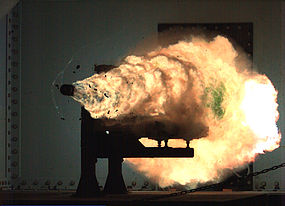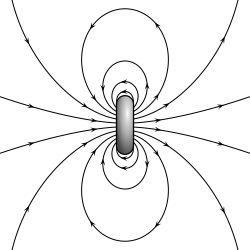The cheapest way to test for neutrons is to use the plastic CR39.
http://en.wikipedia.org/wiki/CR39
This plastic is the stuff that plastic eyeglass lenses are made from.
I believe that a cheap source of CR39 is had in welder lenses covers.
Cold fusion researchers use CR39 to test for neutrons.
You need to develop CR39 like photographic film to expose the pits in the plastic that the neutrons have made.
This detection of neutrons is best done after gamma radiation is found. This gamma radiation tells us that the nuclei of atoms are being split and/or fused and the CR39 tells what is happening in detail by the energy of the neutrons that are being produced.
Here is an example of a cold fusion experiment that uses CR39.
http://pages.csam.montclair.edu/~kowalski/cf/368project.html
I will use this info to come up with a “how to use CR39” if Gamma rays are found in the popper and there is interest in pinning down what is going on inside the nucleus.
http://en.wikipedia.org/wiki/CR39
This plastic is the stuff that plastic eyeglass lenses are made from.
I believe that a cheap source of CR39 is had in welder lenses covers.
Cold fusion researchers use CR39 to test for neutrons.
You need to develop CR39 like photographic film to expose the pits in the plastic that the neutrons have made.
This detection of neutrons is best done after gamma radiation is found. This gamma radiation tells us that the nuclei of atoms are being split and/or fused and the CR39 tells what is happening in detail by the energy of the neutrons that are being produced.
Here is an example of a cold fusion experiment that uses CR39.
http://pages.csam.montclair.edu/~kowalski/cf/368project.html
I will use this info to come up with a “how to use CR39” if Gamma rays are found in the popper and there is interest in pinning down what is going on inside the nucleus.



